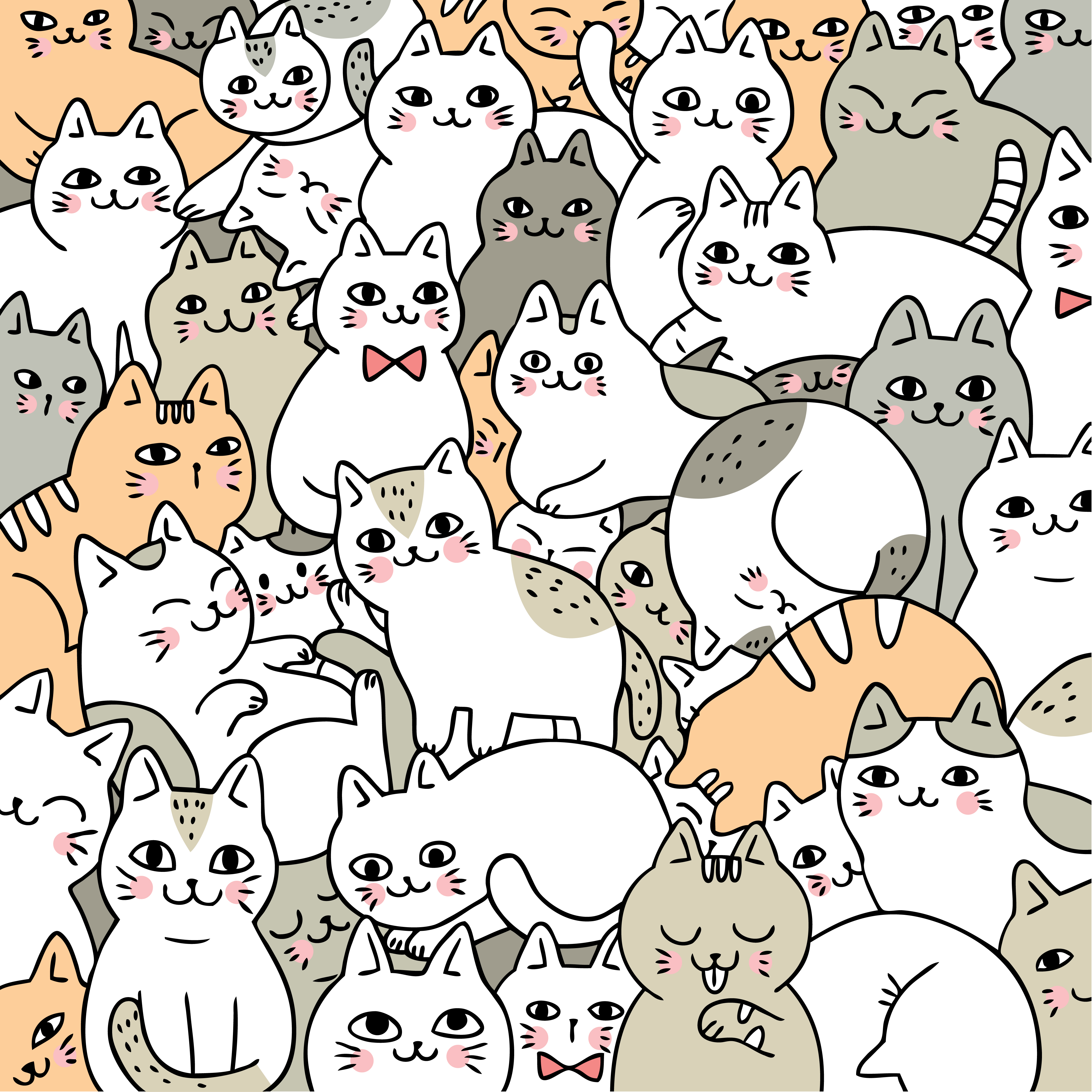

In 1924, animator Bill Nolan redesigned the character, making him both rounder and cuter. Sullivan claimed he named Felix after Australia Felix from Australian history and literature. The name was first used for the third film starring the character, The Adventures of Felix (released on 14 December 1919). Messmer claimed that John King of Paramount Magazine suggested the name "Felix", for contrast of the felicity traditionally associated with a black cat. It too proved to be successful with audiences. It was a success, and the Sullivan studio quickly set to work on producing another film featuring Master Tom, in Musical Mews (released 16 November 1919). Produced by the New York City-based animation studio owned by Pat Sullivan, the cartoon was directed by cartoonist and animator Otto Messmer. On 9 November 1919, Master Tom, a prototype of Felix, debuted in a Paramount Pictures short titled Feline Follies. Ĭhildren with Felix the Cat toy, Nielsen Park Beach, Sydney, NSW, 1926. In 2014, Don Oriolo sold the rights to the character to DreamWorks Animation, which is now part of Comcast's NBCUniversal division via Universal Pictures.

#CAT ARTOON TV#
In 2002, TV Guide ranked Felix the Cat number 28 on its "50 Greatest Cartoon Characters of All Time" list. Joe's son Don Oriolo later assumed creative control of Felix. As of the 2010s, Felix is featured on a variety of merchandise from clothing to toys. The cat has since starred in other television programs and in two feature films. Oriolo also added new characters and gave Felix a "Magic Bag of Tricks" that could assume an infinite variety of shapes at Felix's behest. Joe Oriolo introduced a redesigned, "long-legged" Felix, with longer legs, a much smaller body, and a larger, rounder head with no whiskers and no teeth. Felix saw a brief three-cartoon resurrection in 1936 by the Van Beuren Studios.įelix cartoons began airing on American television in 1953. The sound Felix shorts proved to be a failure and the operation ended in 1932. In 1929, Sullivan decided to make the transition and began distributing Felix sound cartoons through Copley Pictures. The new Disney shorts of Mickey Mouse made the silent offerings of Sullivan and Messmer, who were then unwilling to move to sound production, seem outdated. In 1926, Felix became the first high school mascot for the Logansport, Indiana Berries.īy the late 1920s, with the arrival of sound cartoons, Felix's success was fading. Jazz bands such as Paul Whiteman's played songs about him (1923's "Felix Kept on Walking" and others). Several manufacturers made stuffed Felix toys. Aside from the animated shorts, Felix starred in a comic strip (drawn by Sullivan, Messmer and later Joe Oriolo) beginning in 1923, and his image soon adorned merchandise such as ceramics, toys and postcards. What is certain is that Felix emerged from Sullivan's studio, and cartoons featuring the character became big in popular culture. Either Sullivan himself or his lead animator, American Otto Messmer, created the character. įelix originated from the studio of Australian cartoonist- film entrepreneur Pat Sullivan.
#CAT ARTOON MOVIE#
Felix was the first animated character to attain a level of popularity sufficient to draw movie audiences. An anthropomorphic black cat with white eyes, a black body, and a giant grin, he was one of the most recognized cartoon characters in film history. (named Kitty White or Marie in the first 3 years of the silent cartoons)įelix the Cat is a children's comedy cartoon character created in 1919 by Pat Sullivan and Otto Messmer during the silent film era.


 0 kommentar(er)
0 kommentar(er)
